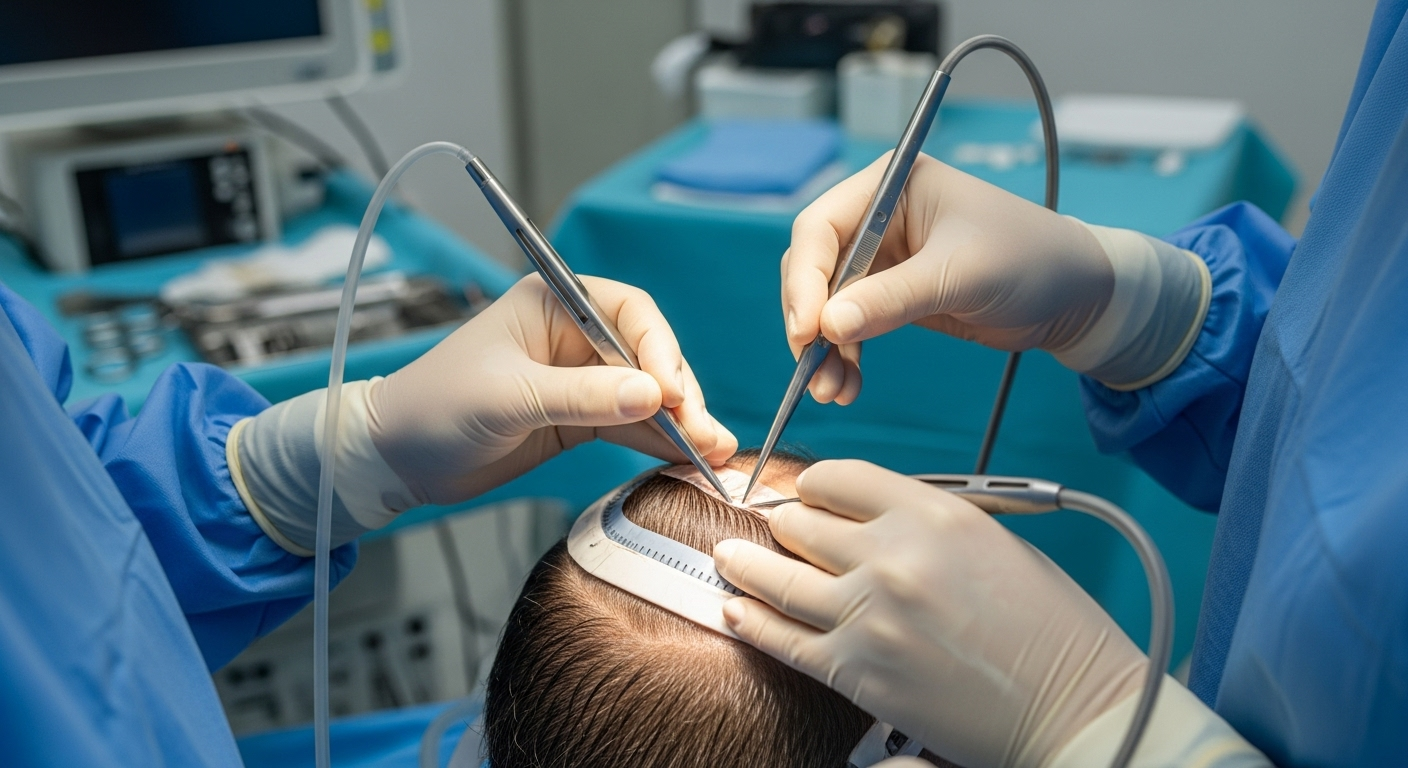Rhinoplasty Explained: Art, Science and Nose Surgery
Rhinoplasty, often called a nose job, combines refined aesthetic technique with precise medical care to reshape the nose and sometimes restore breathing. Learn how rhinoplasty addresses cosmetic concerns like humps and asymmetry as well as functional problems such as a deviated septum. Explore recovery, risks, surgeon selection tips, and average costs to decide if this procedure fits your goals.

Rhinoplasty is a surgical procedure that can reshape the nose for cosmetic improvement, restore proper nasal function, or accomplish both goals together. It blends artistic judgment about facial balance with anatomical and surgical expertise to produce results that look natural and, when necessary, improve breathing. Whether someone wants to refine the nasal profile or repair damage from injury or a congenital issue, understanding the motivations, recovery, risks, how to choose a surgeon, and typical costs helps patients make informed decisions.
Common reasons people pursue rhinoplasty
Patients seek rhinoplasty for a mix of cosmetic and medical reasons. Cosmetic aims often include smoothing a dorsal hump, refining an overly wide or bulbous tip, narrowing an asymmetrical bridge, or improving overall facial harmony. On the functional side, rhinoplasty can correct structural issues that impair breathing, such as a deviated septum, collapsed nasal valves, or scar tissue from prior trauma or surgery. Some individuals pursue the procedure primarily to increase self-confidence and improve how they feel about their appearance, while others need surgery to address chronic nasal obstruction or congenital defects that interfere with daily life.
Typical recovery timeline
Recovery varies by individual and by the complexity of the operation, but there is a common sequence of healing. Immediately after surgery patients can expect swelling, bruising around the eyes, and some nasal congestion for the first several days. Most external splints or nasal packing are removed within a week. Many people feel well enough to return to non-strenuous work or school within 1 to 2 weeks, though subtle swelling and nasal stiffness can persist. Strenuous exercise and contact sports should be avoided for several weeks to months, depending on your surgeon’s guidance. While significant swelling reduces during the first month, the nose can continue to refine for up to a year; in particular, the tip often settles slowly, so final results may not be visible until 9 to 12 months after surgery.
Potential risks and complications
As with any operation, rhinoplasty carries risks. Common concerns include bleeding, infection, and adverse reactions to anesthesia. Specific to nasal surgery are possibilities like persistent or new breathing difficulties, altered sensation around the nose, or dissatisfaction with cosmetic outcomes. Scar formation, asymmetry, or the need for revision surgery are less common but real outcomes to consider. Choosing a surgeon experienced in rhinoplasty and discussing your medical history and expectations openly helps reduce risk and improve the likelihood of a successful result.
How to select the right surgeon
Choosing a surgeon is one of the most important decisions you will make. Look for a board-certified plastic surgeon or an otolaryngologist (ENT) who has dedicated training and a significant rhinoplasty practice. Review before-and-after photos that display cases similar to your concerns to ensure the surgeon’s aesthetic matches your goals. Schedule consultations with more than one specialist to compare approaches, ask about techniques (open vs closed rhinoplasty), complication rates, revision policies, and how they assess nasal function. Pay attention to communication: a good surgeon listens, explains realistic outcomes, and outlines the recovery process clearly.
Typical costs and financial considerations
Rhinoplasty cost depends on the surgeon’s expertise, geographical location, and whether the surgery includes functional repairs like septoplasty. Many quotes include surgeon fees, anesthesia, and facility costs, but additional charges for pre-op tests, medications, and follow-up visits can apply. Functional procedures addressing breathing may be partially covered by insurance; purely cosmetic surgery usually is not.
| Provider | Location | Reported Cost Range |
|---|---|---|
| Mayo Clinic | Various U.S. Locations | $6,500 - $15,000 |
| Cleveland Clinic | Cleveland, OH | $7,000 - $12,000 |
| ASPS Member Surgeons | Nationwide | $5,483 (average) |
| Manhattan Facial Surgery | New York, NY | $10,000 - $20,000 |
| Beverly Hills Plastic Surgery | Beverly Hills, CA | $9,000 - $25,000 |
Prices and estimates above are illustrative and may change; always confirm current fees directly with providers and check your insurance coverage for functional procedures.
Making an informed choice
Research, realistic expectations, and thorough preoperative conversations are keys to a satisfactory rhinoplasty experience. Ask to see a surgeon’s portfolio of similar cases, inquire about their complication and revision rates, and discuss techniques they recommend for your specific nasal anatomy. Remember that subtle improvements based on facial balance often lead to the most natural-looking outcomes.
Rhinoplasty can be life-changing for patients seeking aesthetic refinement or relief from breathing problems, but it requires careful planning and a skilled surgical team. Schedule consultations, gather information, and weigh benefits, risks, and costs before deciding.
This article is for informational purposes only and should not be considered medical advice. Please consult a qualified healthcare professional for personalized guidance and treatment.






